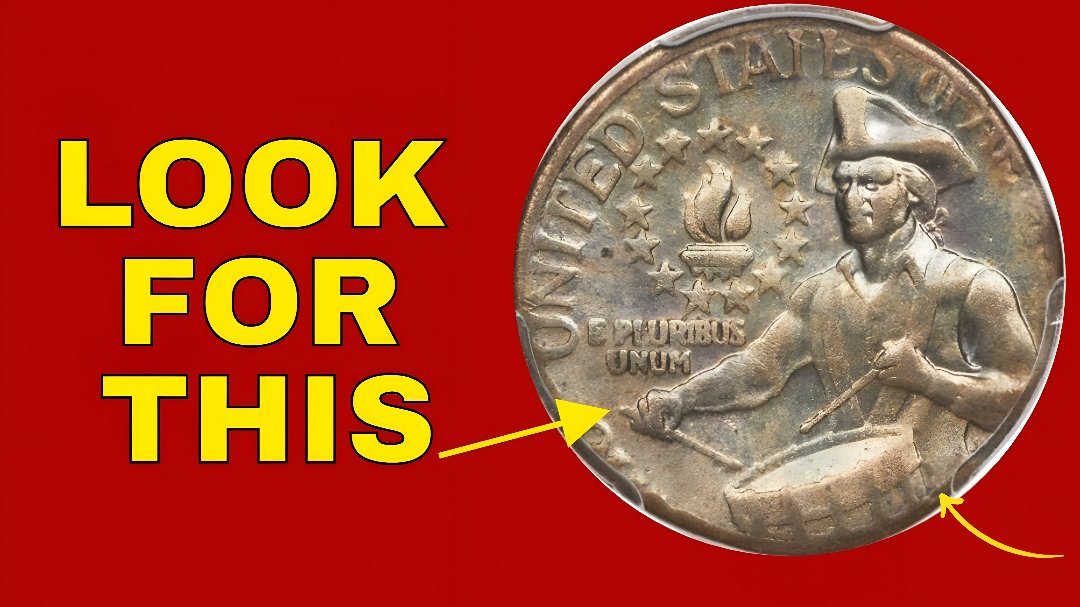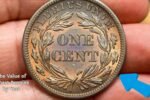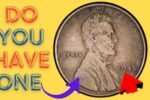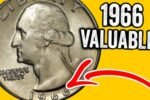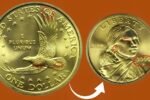Rare Bicentennial Quarter : In the world of coin collecting, myths and legends often swirl around rare finds, forgotten treasures, and elusive errors. One of the most captivating stories circulating online is the tale of a rare Bicentennial quarter reportedly valued at a staggering $2.5 billion — and even more astonishing, it’s said to still be in circulation. But is there any truth to this unbelievable claim, or is it just a modern-day numismatic fairy tale?
What Is the Bicentennial Quarter?
The Bicentennial quarter was minted in 1975 and 1976 to commemorate the 200th anniversary of American independence. Rather than the usual eagle on the reverse side, the Bicentennial version features a colonial drummer boy and a torch encircled by 13 stars. Over 1.6 billion of these quarters were produced, making them incredibly common — and typically worth no more than face value.
The $2.5 Billion Valuation: Separating Fact from Fiction
A valuation of $2.5 billion for a single 25-cent coin is, by all expert accounts, wildly exaggerated. No legitimate auction house, grading authority, or collector database has ever recorded a U.S. quarter — Bicentennial or otherwise — fetching anywhere near that figure. For context, the most expensive coin ever sold, the 1933 Saint-Gaudens Double Eagle, went for $18.9 million in 2021.
So where does the $2.5 billion story come from? Most likely, it originated as a mix of internet clickbait, misinformation, and sensationalism. Some social media posts and YouTube videos tout these figures to attract views, often without citing any credible numismatic source.
Are There Rare Bicentennial Quarters?
Yes — but not worth billions. A small number of Bicentennial quarters can be valuable, depending on certain key factors:
Mint Errors: Double strikes, off-center stamping, or wrong planchet errors can make a coin rare and more valuable.
Silver Composition: A limited number of Bicentennial quarters were struck in 40% silver as part of collector sets. These are typically worth $5 to $10 today, sometimes more in uncirculated condition.
Proof Sets: High-grade proof versions minted in San Francisco can also fetch modest premiums from collectors.
The highest auction prices for rare Bicentennial quarters generally top out around a few thousand dollars — a far cry from the billions.
The Truth Behind the Circulation Claim
While some rare coins do occasionally surface in pocket change, it’s highly unlikely that any ultra-valuable quarter — especially one hypothetically worth $2.5 billion — would still be in circulation. Coin collectors, metal detectors, and banks are always on the lookout for valuable currency. The idea that such a coin could remain unnoticed is, frankly, implausible.
Why These Myths Persist
Stories like the $2.5 billion quarter appeal to our imagination and our hope that everyday items could hold extraordinary value. But as with any field of collectibles, it’s important to separate entertainment from reality. Misinformation spreads easily, especially in the age of viral content and click-driven media.
Final Thoughts: Don’t Ignore Your Change — But Be Realistic
While the story of a $2.5 billion Bicentennial quarter is nothing more than a myth, that doesn’t mean you shouldn’t pay attention to the coins in your pocket. Genuine rarities do exist, and valuable errors occasionally escape detection.
If you think you’ve found a unique coin, the best step is to:
- Check the mint mark (look for “S” for proof coins).
- Examine for unusual features like doubling, off-centering, or unusual metal color.
- Consult a professional coin grading service like PCGS or NGC.
Until then, enjoy the hunt — and take those billion-dollar headlines with a grain of salt.
